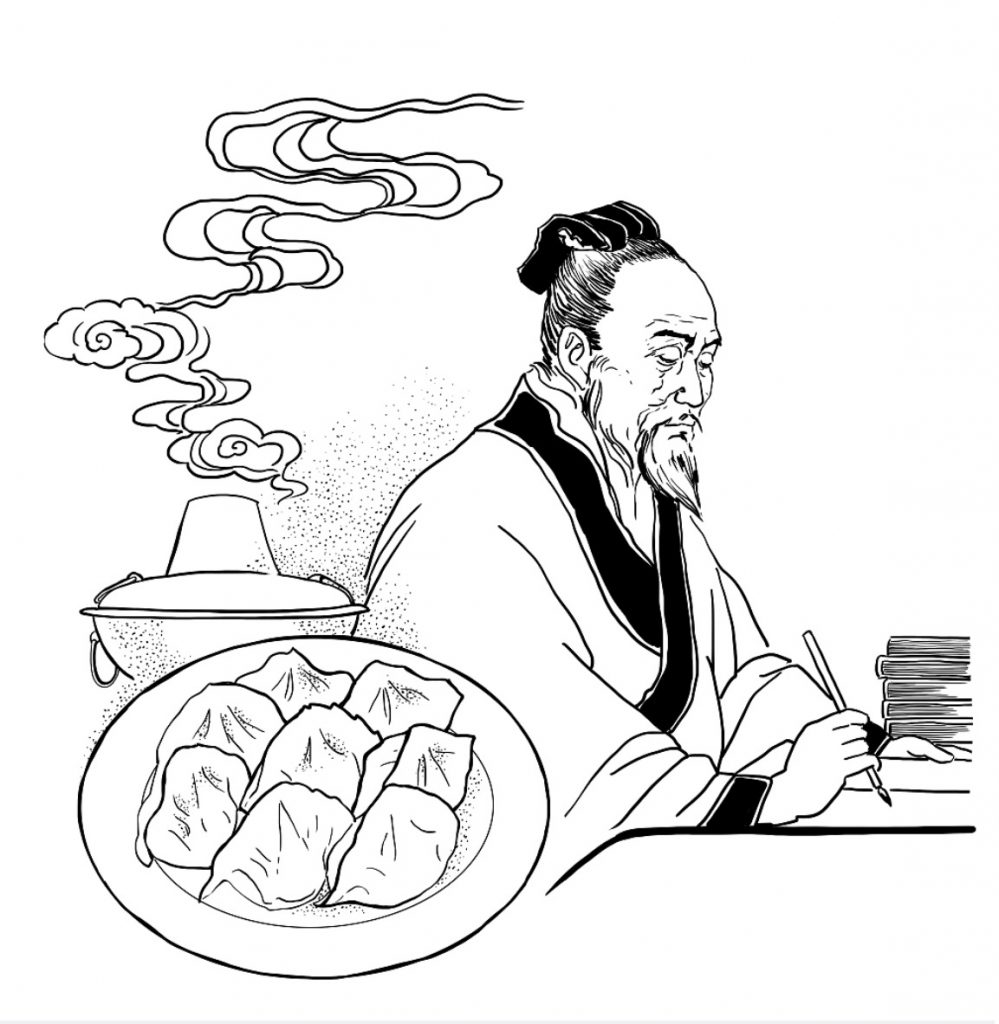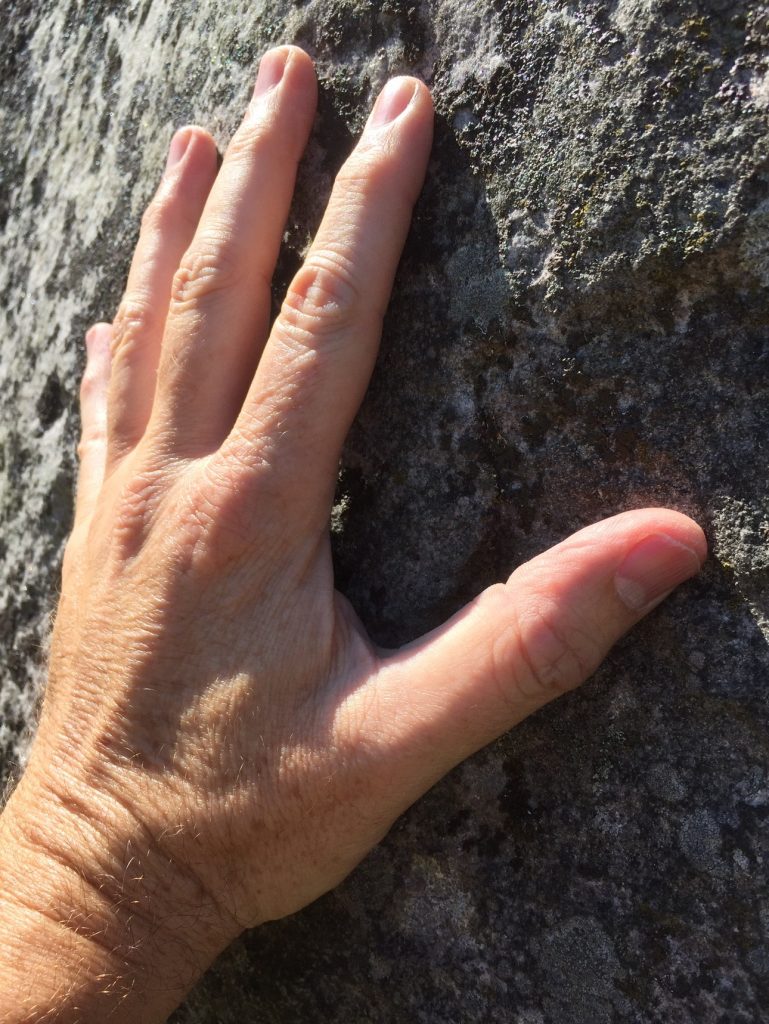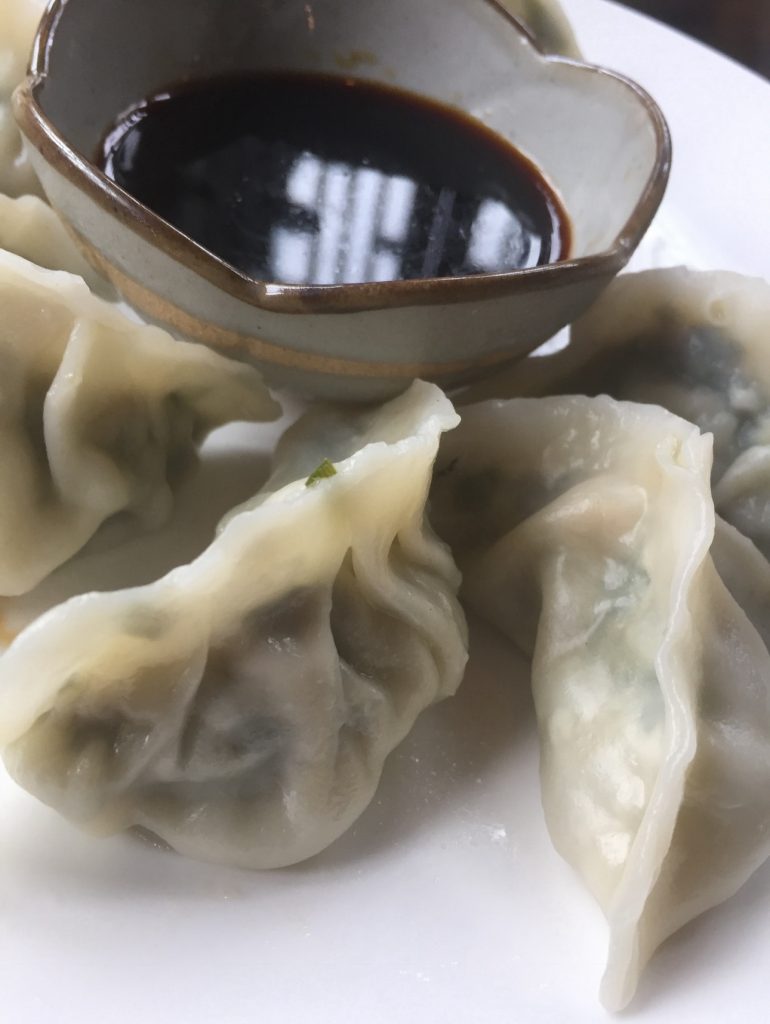
Can you solve this Christmas conundrum?
The answer is Winter Solstice. Britain and China share the same northern hemisphere location. On Friday 22nd December Britain and China shared the experience of Winter Solstice, the day when the northern half of the Earth tilts farthest away from the sun. Consequently Solstice Day has the shortest numbers of daylight hours and the longest hours of darkness.
Let’s start at Stonehenge. Most of us know about the link between Stonehenge and the Summer solstice in June, when visitors flock to the monument to celebrate the sun rising between the stones. However archaeologists generally believe that the Winter Solstice was more important to the creators of the stone circles. And the main event of the Winter Solstice is not sunrise, but sunset. The alignment of the stones means that the final rays of winter sunlight fall through the triathlon arch and illuminate the enormous 36 ton heel stone which stands outside of the circle.
Why sunset and not sunrise? The answer to this question brings us to a first connection to China. Nowadays we are city people. Since the advent of 24 hour lighting and central heating the changing patterns of light and darkness through the shifting seasons means little if anything to us. But to agricultural people, whose very lives depended on following the regular rhythms of the solar year, the winter solstice sunset was everything.
First, to witness the solstice was an acceptance of the depth of winter, the dead season. In China at this time of year one of the traditions is to show respect to the ancestors, to remember those who have passed. In Ireland there is a monument called Newgrange from approximately the same era as Stonehenge with its own Winter Solstice effect. It is a passage tomb where the ancestors were housed and remembered. On December 21 or 22, a narrow beam of sunlight fills the tomb with the brief candle of the year’s shortest day, bringing a flicker of illumination to the dead. Solstice has the longest darkness of the year. The literal meaning in Latin is ‘the sun stands still’.
Second, like the Yang of light to the Yin of darkness, the Solstice is a turning point. The solstice sunset takes us into the longest night, but also promises the return of slowly lengthening days and a dwindling darkness. It is simultaneously the dead centre of winter and the first seed of renewing spring. And that brings us to food!!
There is evidence that the winter solstice ceremonies at Stonehenge were accompanied by feasting. The remains of vast amount of cattle and especially pig bones found at a site near Stonehenge called Durrington Walls prove that enormous numbers of people gathered here to feast. Analysis of teeth from discarded jaw bones shows that these animals were eaten in the mid-winter period. What could be more logical than feasting on the rewards of the dying spring and summer to celebrate the cycle now ending and at the same time to cheer in the returning new year. And when we put it like this the strong connections between ‘pagan’ winter solstice and ‘christian’ Christmas become unavoidable, don’t they?

Now let’s turn to our China parallels. In China this is the time for a mid-winter festival called 冬至 – dōngzhì. The literal translation is ‘Winter has arrived’. Some people in China will tell you dōngzhì is more important than Chūn Jié – the spring festival, but it is almost unknown in the west. I am sure that the winter solstice festival in China must have roots as long back as the Stonehenge Neolithic. Official records of the festival date back to the ‘Spring and Autumn’ period of 770 to 476 BCE but Winter Solstice became a winter festival during the Han Dynasty (206 BCE-220 CE).
What do people do to keep dōngzhì? I’ve already mentioned the connection of ancestor remembrance. So now let’s bring in the food dishes. Every part of China has the tradition of different regional specialities that are eaten to mark the solstice. People in Suzhou, Jiangsu province, are accustomed to eating wontons in midwinter. In places such as Shanghai, people eat tangyuan, a kind of stuffed small dumpling ball made of glutinous rice flour, to celebrate Winter Solstice. The significance is exactly the same as for shared Neolithic ancestors and modern day Christmas dinner diners, the chance to fill your stomach with something delicious before the days of shortage and the return of Spring.
We haven’t yet mentioned the best known dōngzhì food, and that’s – 饺子 jiǎozi, dumplings. On the lunchtime of Friday 22nd I was whisked off to a nearby restaurant and bowls of delicious pastry parcels emerged steaming and fresh from the kitchens. I was told I had to eat, although I didn’t need any invitation. And out rolled the great winter solstice wisdom of dōngběi people, the people of the north-east of China.
‘冬至要吃饺子,不然耳朵会冻掉。
Dongzhi yao chi jiao zi, bu ran er duo hui dong diao.
Which translates wonderfully as ‘eat dumplings at winter solstice to stop your ears falling off’. Anyone who has experienced the savage freezing days of north eastern China in winter will know exactly what this means. The chill factor, combined with freezing winds, precisely seems to threaten to freeze your ears off of the side of your head.
There is a legend which goes that in ancient times, a doctor named Zhang Zhongjing invented dumplings by wrapping mutton and Chinese medicine in dumpling dough and gave them to people to cure frostbite. Whatever the truth of the story, there is no doubt that lining your stomach with a bowl of this wonderful comfort food fortifies you ready to struggle back out into the bleakest of winter days.
So now we have the answer to our Christmas conundrum. Stonehenge and dumplings are both tangible connections between people, culture and the change of seasons and time. This tells us, however modern and sophisticated we believe ourselves to be, we are only a heartbeat away from a shared past. It tells us however many superficial fictions of separation some invent, the hearts and stomachs of the Chinese and British people follow the same deeper, more meaningful, rhythms.
冬至 快乐! dōngzhì kuàilè! Happy Winter Solstice!
